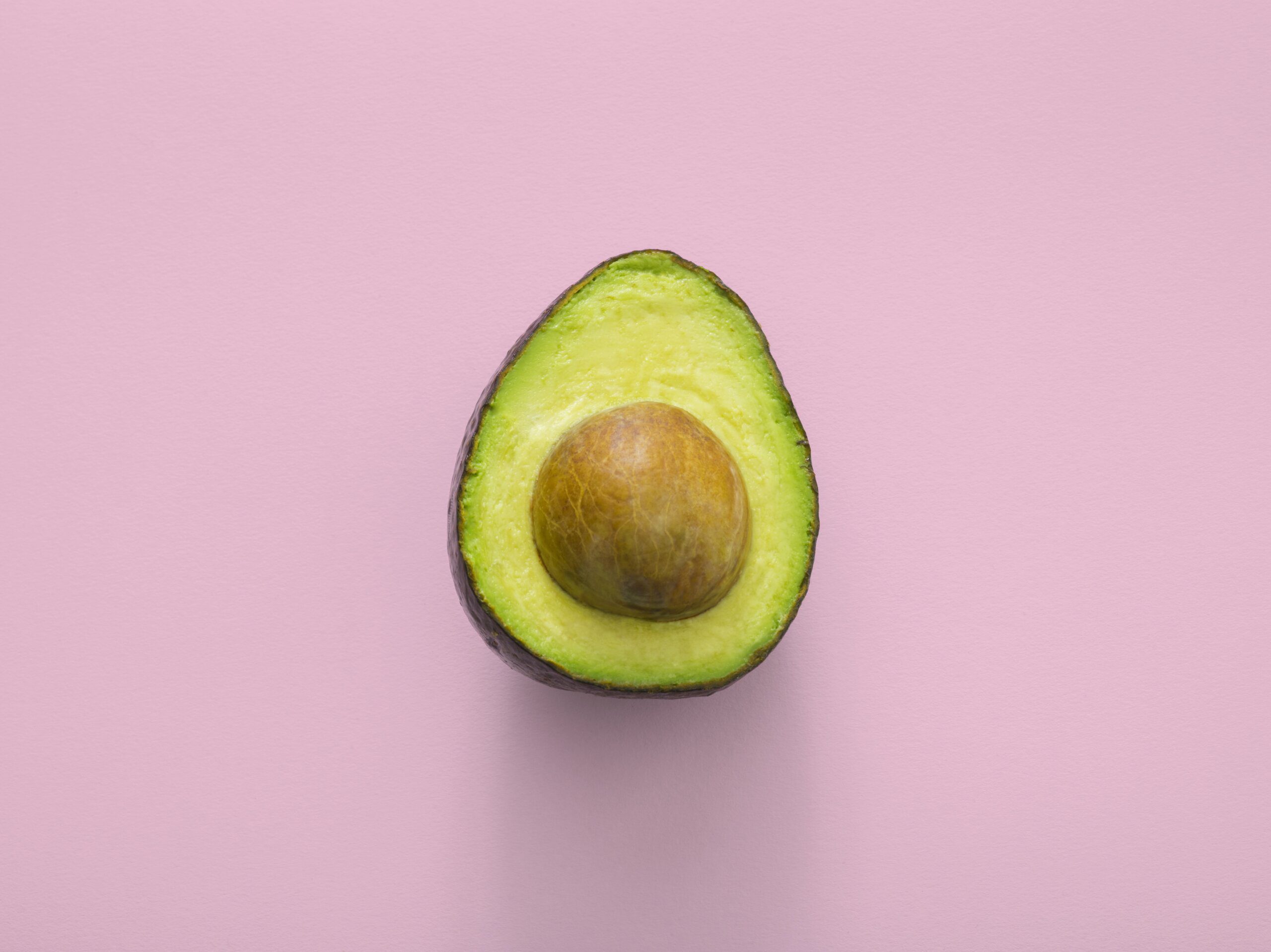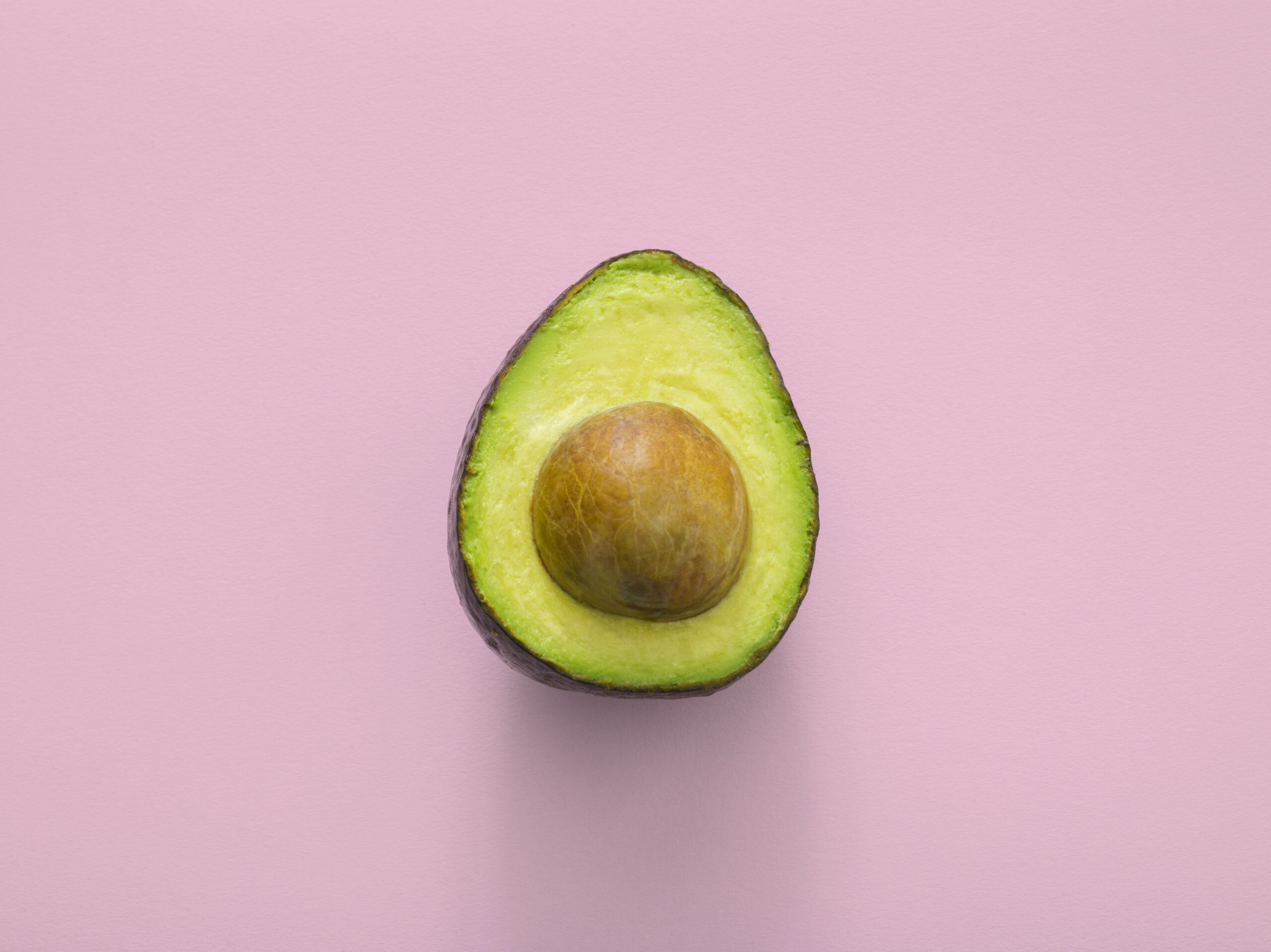If you’ve ever wondered what kind of food makes a capybara’s taste buds dance with joy, you’ve come to the right place. In this article, we will explore a delightful array of delicious foods that capybaras absolutely adore. From succulent fruits to crunchy vegetables and even the occasional nibble on some tender grass, your furry capybara friend will appreciate a well-rounded diet that satisfies their appetite and keeps them healthy and happy. So, get ready to discover the culinary favorites of these adorable creatures and find out how to treat your capybara to a mouthwatering feast they will love.

Capybara’s Dietary Needs
Capybaras are herbivorous animals, which means their diet consists solely of plant-based foods. Their digestive system has evolved to efficiently process large amounts of fibrous plant material. This article will explore the different food groups that make up the staple diet of capybaras and discuss their dietary requirements in detail.
Herbivorous Nature
As herbivores, capybaras rely on plant material to meet their nutritional needs. They have a unique digestive system that is specialized for breaking down cellulose, a complex carbohydrate found in plant cell walls. Their large cecum acts as a fermentation chamber, where bacteria and other microorganisms break down the cellulose into a digestible form. This allows capybaras to extract nutrients from high-fiber plant material efficiently.
High Fiber Requirement
Capybaras have a high fiber requirement as part of their daily diet. Fiber is essential for maintaining proper digestive health, promoting regular bowel movements, and preventing issues like constipation. Grasses and other fibrous plants provide capybaras with the bulk of their fiber intake. It is important to ensure that capybaras have access to a variety of fresh, fibrous foods to support their digestive health.
Specialized Digestive System
Capybaras’ specialized digestive system also requires them to engage in coprophagy, which is the consumption of their own feces. Although it may sound unappealing, coprophagy plays a crucial role in their digestion. By re-ingesting their feces, capybaras obtain essential nutrients that were not fully absorbed during the initial pass through their digestive system. This process allows them to maximize the nutritional value of their plant-based diet.
Staple Foods for Capybaras
Capybaras have a diverse range of food options available to them in their natural habitat. Their diet mainly consists of grasses and plants, fresh fruits and vegetables, as well as aquatic vegetation. Let’s delve into each of these food groups and explore some examples of staple foods for capybaras.
Grasses and Plants
Grasses, such as Bermuda grass or Timothy grass, form a significant portion of a capybara’s diet. These grasses are rich in fiber and provide essential nutrients. Capybaras often spend a significant amount of their time grazing on grasslands, munching on various grass species to meet their dietary needs.
In addition to grasses, capybaras also consume a wide variety of plants. This includes leaves, stems, and even flowers. They enjoy browsing on shrubs and trees such as willow, bamboo, and hibiscus. These plant materials not only contribute to their nutritional requirements but also provide enrichment, allowing capybaras to engage in natural feeding behaviors.
Fresh Fruits and Vegetables
Fresh fruits and vegetables make up another important component of a capybara’s diet. They provide additional vitamins and minerals necessary for overall health and wellbeing. Capybaras enjoy a variety of fruits, such as melons and squashes, which are hydrating and rich in natural sugars. Citrus fruits, like oranges and tangerines, are also popular choices.
When it comes to vegetables, capybaras relish options like leafy greens (spinach, lettuce, kale), carrots, and cucumbers. These foods not only provide essential nutrients but also add variety to their diet, making mealtime more interesting and enjoyable for them.
Aquatic Vegetation
As semiaquatic animals, capybaras have easy access to aquatic vegetation, which forms an important part of their diet. They often feed on water plants such as water hyacinth, water lettuce, and duckweed. These aquatic plants are not only a source of nutrition but also provide capybaras with hydration as they contain a high water content.

Protein Sources for Capybaras
While capybaras are primarily herbivores, they do require some sources of protein in their diet. Protein contributes to muscle development, growth, and overall body maintenance. Here are a few protein sources that capybaras can enjoy.
Insects and Invertebrates
In the wild, capybaras have been observed consuming insects and invertebrates. They may occasionally snack on small creatures like snails, worms, and insects. These protein-rich additions provide a small but valuable supplement to their otherwise plant-based diet.
Legumes and Nuts
Legumes and nuts can be excellent sources of protein and are suitable options for capybaras in captivity. Foods like lentils, chickpeas, and soybeans can be cooked and offered to capybaras as a protein-rich treat. Nuts like almonds and walnuts can also be given in moderation as a source of healthy fats and protein.
Enjoyable Treats for Capybaras
In addition to their staple diet, capybaras also enjoy indulging in treats. These treats not only provide additional mental stimulation but also offer a change of taste and texture. Here are some treats that capybaras find particularly enjoyable.
Bark and Twigs
Capybaras have a natural instinct to chew on things, and bark and twigs are no exception. Chewing on bark and twigs helps to keep their teeth healthy and prevents them from becoming overgrown. As long as the bark and twigs are from non-toxic sources and have not been treated with any chemicals, they can be offered as safe and enjoyable treats for capybaras.
Bamboo Shoots
As mentioned earlier, capybaras enjoy browsing on bamboo plants. Bamboo shoots are not only a staple food but also a treat for capybaras. These tender and fibrous shoots provide a satisfying crunch and flavor that capybaras find irresistible.
Melons and Squashes
Melons and squashes are not only staple foods but also serve as enjoyable treats. Capybaras love the sweet and refreshing nature of melons, such as watermelon and cantaloupe. Squashes, such as butternut squash and pumpkin, provide a unique texture and rich flavor that capybaras find enticing.
Berries and Citrus Fruits
Berries, such as strawberries and blueberries, and citrus fruits like oranges and grapefruits, offer a burst of flavor and a natural sweetness that capybaras savor. These treats can be provided in moderation as a special treat, adding variety to their diet and enhancing their overall enjoyment.

Capybaras’ Water Intake
Water plays a vital role in a capybara’s diet, both for hydration and for engaging in their favorite activity – swimming. Capybaras are renowned for their love of water, and they spend a considerable amount of time in bodies of water. Let’s explore the importance of water for capybaras and their preferred methods of water intake.
Love for Swimming
Capybaras are semiaquatic animals, meaning they have an affinity for water. They have partially webbed feet that aid in swimming, and their dense, waterproof fur enables effortless movement through the water. Capybaras often submerge themselves fully in bodies of water, including rivers, lakes, and ponds, for extended periods. They are excellent swimmers and use water as a means of cooling off, socializing, and even escaping from predators.
Drinking from Water Bodies
Apart from swimming, capybaras also obtain water by drinking directly from water bodies. They have adapted to have long, flexible lips that allow them to graze submerged vegetation and drink from the water’s edge. Capybaras have a high water requirement due to their large size and active lifestyle, so access to fresh and clean water is crucial for their overall health and well-being.
Foods to Avoid Feeding Capybaras
While it’s important to provide capybaras with a varied and nutritious diet, there are certain foods that should be avoided. These foods can be harmful to their health or may not meet their nutritional requirements. Here are some examples of foods that should not be given to capybaras.
Processed and High-Sugar Foods
Capybaras should not be fed processed or high-sugar foods, such as candies, desserts, or sugary snacks. These foods offer little nutritional value and can lead to weight gain, dental issues, and other health problems. It’s best to stick to natural and wholesome foods when feeding capybaras, avoiding anything with added sugars or artificial additives.
Toxic Plants
Capybaras should be kept away from any toxic plants. Certain plants, such as azaleas, lilies, and daffodils, can be harmful to capybaras if ingested. It’s important to ensure that their environment is free from these types of plants and that they are not exposed to any potential hazards.
Dairy and Animal Products
Capybaras are herbivores and should not be fed any dairy or animal products. Their digestive system is not designed to process meat or dairy, and these foods can cause digestive issues and lead to nutritional imbalances. It’s crucial to provide capybaras with a plant-based diet that fulfills their dietary requirements adequately.
Capybaras’ Foraging Behavior
Capybaras exhibit unique foraging behaviors, utilizing their environment to find food. They have adapted to different ecosystems, including grasslands and wetlands, which provide them with abundant food sources. Here are some insights into the foraging behaviors of capybaras.
Grazing on Grasslands
Capybaras are skilled grazers and spend a significant amount of time grazing on grasslands. They use their sharp incisors to bite off grass and other plant material close to the ground. This behavior allows them to effectively obtain the necessary nutrients from grasses while also maintaining the vegetation in their habitat.
Browsing on Shrubs and Trees
In addition to grazing, capybaras also exhibit browsing behavior. They can stand on their hind legs and reach up to consume leaves, stems, and flowers from shrubs and trees. This behavior helps capybaras access different food sources and contributes to their overall nutritional intake. By utilizing both grazing and browsing, capybaras fulfill their dietary needs and adapt to their changing environment.
Supplemental Foods for Capybaras
In captivity, it may be necessary to provide capybaras with additional supplemental foods to ensure they receive all the necessary vitamins and minerals in their diet. These supplements are designed to meet the specific nutritional needs of capybaras and should be given in moderation.
Vitamin and Mineral Enriched Pellets
Vitamin and mineral enriched pellets are commercially available and can be used to supplement a capybara’s diet. These pellets are formulated to provide the essential nutrients that capybaras may not receive from their natural food sources alone. It’s important to follow the manufacturer’s recommendations and consult with a veterinarian when incorporating pellets into a capybara’s diet.
Hay and Chewing Blocks
Hay and chewing blocks can also be provided as supplemental food items for capybaras. Hay provides additional fiber and helps support digestion. Chewing blocks made from safe and natural materials can help keep capybaras’ teeth healthy and prevent overgrowth. These supplements can be included as part of a balanced diet for capybaras, supporting their overall well-being.
Feeding Capybaras as Pets
If you are considering keeping a capybara as a pet, it’s crucial to understand their dietary needs and provide them with a proper feeding regimen. Here are some considerations when it comes to feeding capybaras as pets.
Consulting a Veterinarian
Before bringing a capybara into your home, it is essential to consult with a veterinarian who has experience with exotic animals. They can provide guidance regarding diet, specialized nutritional needs, and any dietary adjustments based on the capybara’s age, health status, and lifestyle. It’s important to establish a relationship with a veterinarian familiar with capybaras to ensure their optimal health and well-being.
Balanced and Varied Diet
As mentioned earlier, capybaras require a balanced and varied diet to meet their nutritional needs. It is crucial to provide them with a range of foods from different food groups, including grasses, plants, fruits, vegetables, and protein sources. Offering a variety of foods not only ensures they receive all the necessary nutrients but also prevents boredom and promotes behavioral enrichment.
Portion Control
Portion control is important when feeding capybaras as pets. Overfeeding can lead to obesity and other health problems. It’s recommended to consult with a veterinarian to determine the appropriate portion sizes based on the capybara’s size, age, and activity level. Regular monitoring of weight and body condition is essential to ensure a healthy and balanced diet.
Capybaras’ Feeding Habits in the Wild
In the wild, capybaras exhibit certain feeding habits that are influenced by various factors. These habits reflect their adaptability to different environments and their ability to find food sources year-round.
Opportunistic Grazers
Capybaras are opportunistic grazers, meaning they take advantage of food sources as they become available. They will graze on grasslands, taking advantage of newly sprouted grasses and other plants. If their preferred food sources are scarce or unavailable, they will adapt their grazing habits to include other plant species, ensuring a steady food supply.
Seasonal Diet Variation
Capybaras’ diet can vary seasonally, depending on the availability of different plants and resources. In the dry season, when water sources may be limited, capybaras may rely more on grasses and other terrestrial plants. During the rainy season, when water bodies are abundant, capybaras have access to a wider variety of aquatic vegetation. These seasonally varying food sources allow capybaras to adapt to their environment and thrive in different conditions.
In conclusion, capybaras have specific dietary needs as herbivores, and their digestive system is specialized to process plant-based foods. Grasses, plants, fresh fruits and vegetables, and aquatic vegetation form the staple diet of capybaras. While their primary focus is on a high-fiber diet, capybaras also benefit from small amounts of protein from sources such as insects, invertebrates, legumes, and nuts. Providing enjoyable treats, considering their water intake, and being mindful of what foods to avoid are important aspects of feeding capybaras. Whether as pets or in the wild, understanding capybaras’ feeding habits is crucial for their overall health and well-being. By following a balanced and varied diet, capybaras can thrive and enjoy a satisfying and nutritious mealtime experience.



